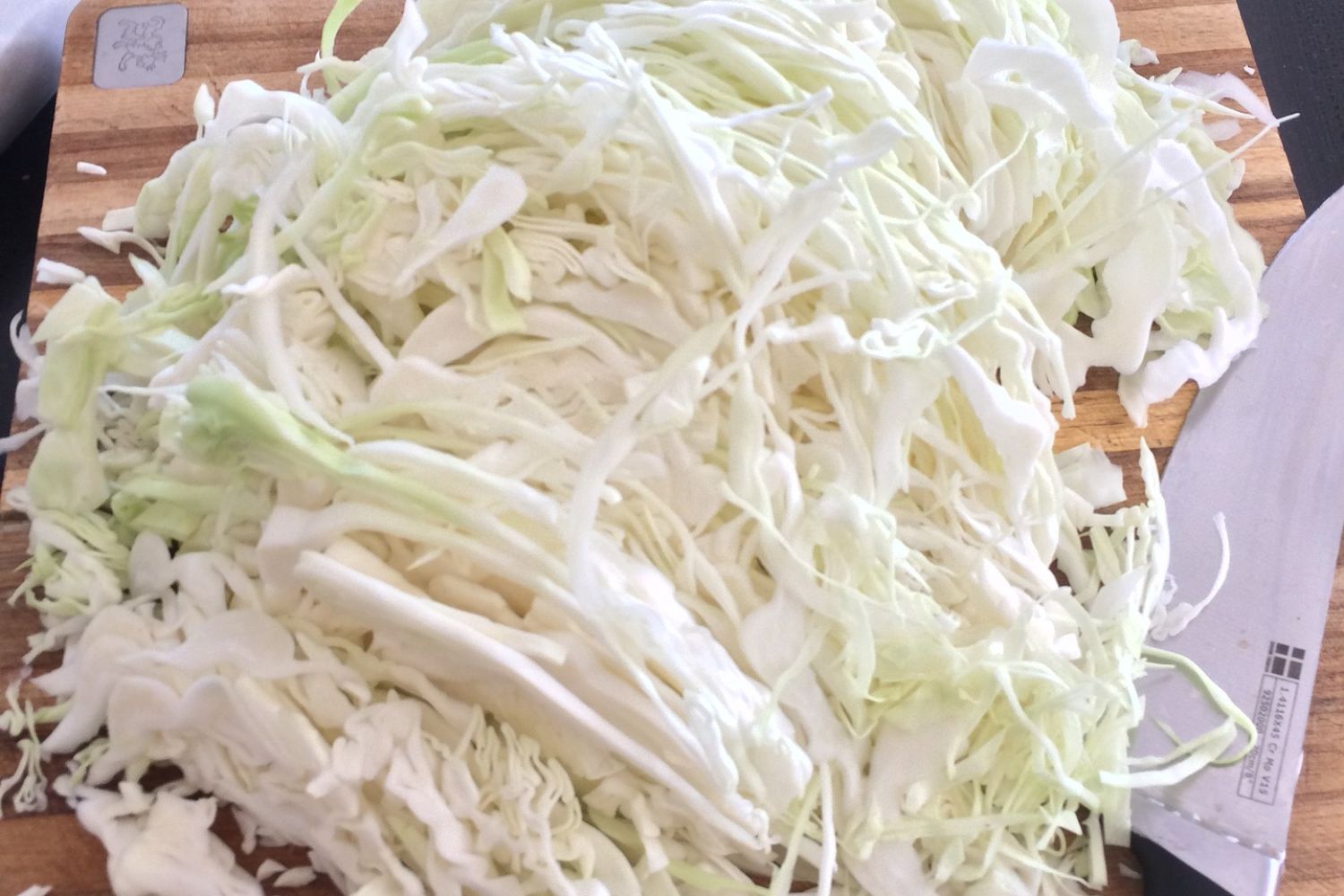Our diet contributes quite significantly to our health. But how do you produce the fuel, for example in the form of sour vegetables, that is needed by the body and how do you preserve your food through the acidification process? Here we explain some of the background and give tips on how to make sour vegetables even better for you in the future.
The acidification process
For a successful souring process, the multi bio cultures (good bacteria) are crucial. Be aware that you are working with living organisms when souring. You need to create optimal living conditions for them, providing sufficient food supply and a positive milieu for them to multiply. Therefore, in order for the souring of the vegetables to succeed and to avoid rotting, it is necessary to create favorable conditions:
process only products of perfect quality (preferably from controlled organic cultivation),
harvested at the optimal time of ripeness, use only a very clean sour vegetable fermenter,
an optimal exclusion of atmospheric oxygen,
optimal temperatures during the different fermentation phases.
Sour vegetable fermentation is a ripening and refining process that takes place with the help of microorganisms.
The process of souring takes place in two phases:
First, a slight breakdown occurs due to fermentation (lactic acid bacteria break down the lactose in the vegetables).
In the second phase, the anabolic phase (effective microorganisms are “anabolic" microorganisms), new substances are formed, including acetylcholine, vitamin C, vitamin B 12 and enzymes. Lactic acid is an organic acid that is not acid-forming in the body.
Natural preservation for vegetables
With proper fermentation we also get preservation, but not unlimited shelf life. It is a life process in which the development continues all the time. The initial products retain all their nutritional values because they have not been subjected to heating. The lactic acid has a preservative effect on: Protein, fat, carbohydrates and ferments, which, in contrast, are partially degraded, for example, in frozen food. Vegetables with a pronounced inherent flavor (for example, radish, fennel, kohlrabi) become milder in taste as a result of souring.
Typical vegetables suitable for pickling
White and red cabbage, pointed cabbage, cauliflower, broccoli, cucumbers, onions, garlic, celery, tomatoes, hot peppers, leeks and beans, whereby the beans must be boiled for 15 to 20 minutes. This is the only way to break down phasin, a toxic glycoside found in legumes (beans are a legume). When heated, the protein breaks down, making the beans edible. The cooking or blanching water of the beans should then be poured away, as it contains the harmful protein substance.
Recipe for small quantities of sauerkraut
Early white cabbage varieties make a tender sauerkraut, but it must be eaten quickly because it becomes soft. Therefore, medium-early varieties are best. Late varieties (storage cabbage) are harder and must be very finely shaved at best. The cabbage should be well seasoned (at least 10 days).
Ingredients to 1 kg of shaved cabbage:
10 g salt (we recommend the finest Himalayan table salt)
a little dill
some caraway seeds
a few crushed mustard seeds
if available a few rue leaves
allspice
coriander
fennel
possibly ½ tart apple, e.g. the ꞌBoskoopꞌ variety
Onion
Horseradish
MikroVeda microorganisms (MikroVeda FERMENTSTARTER): we recommend about 10 ml per kilogram of fermented vegetables.
Preparation:
Cut cabbage in half, cut out stalks, fill cabbage in layers (about 8 cm high), add salt and, if desired, apple slices, onion rings, spices and mash well with a wooden pestle until the juice comes out. (Extra tip: If a wooden pestle is not available, knead shaved cabbage with the ingredients in batches in a bowl until the juice comes out, then pour it into the sour vegetable fermenter). Fill the sour vegetable fermenter up to 3/4 or 4/5; the cabbage must be covered with liquid. Then add effective microorganisms. The whole is pressed firmly into the fermenter. After about 5 to 7 days you can already have a high quality sauerkraut. Of course, it is not comparable with the so-called storage sauerkraut, which is best produced in special fermentation pots made of stoneware. This requires at least 4 to 6 weeks and longer at temperatures of 0 to plus 10 degrees Celsius in cooler rooms (cellar). We, on the other hand, use the sour vegetable fermenter and Effective Microorganisms to produce an equally valuable anfermented vegetable for short-term raw consumption or steaming. If the cabbage becomes too sour for your taste, you can lightly water it before eating. It will then become milder. This also applies to the other sour vegetables.
Easy preparation for remaining vegetables.
Wash and brush vegetables well, do not chop too much (cut into cubes, stalks or slices or chop with a coarser vegetable grater). Pour the chopped vegetables into the very clean sour vegetable fermenter and press down lightly with a wooden or plastic spoon (do not mash as you would sauerkraut). Add spices and herbs (for example, depending on personal taste and availability, onion rings, garlic cloves, horseradish, caraway seeds, coriander, yellow mustard seeds, juniper berries, bay leaf, tarragon, dill, savory etc. ) In order to avoid the breakdown of proteins during fermentation, it is necessary to add salt: boil salt water (we recommend a good Himalayan salt) (8 to 15 g per liter), cool to about 22 degrees Celsius, pour over the vegetables until they are covered. Effective microorganisms are a very suitable starter culture for acidification. We recommend 25 ml MikroVeda FERMENTSTARTER per kilo of other fermented vegetables.
A true all-rounder – the MikroVeda Ferment Starter
Whether you want to make your own lactic preserves (sour vegetables), make your own sourdough or enrich an existing starter with valuable microorganisms – our ferment starter is a true all-rounder and unique due to its variety of probiotic-fermentative microorganisms.
The homemade yogurt is also very easy to make. You only need one additional prebiotic as a micronutrient (e.g. inulin).
In case there is no time or space for fermentation…
MikroVeda carries various supplements as fermentation drinks, with different fermentation duration and composition and numerous fermentative-probiotic multi-bioculures that can enrich the microbiome.
The use of the microorganisms as food supplements is always done within the framework of one’s own responsibility in favor of a healthy diet. However, they do not replace any medication or therapies that may be necessary, should be used in principle supportive also with a healthy, balanced diet.


